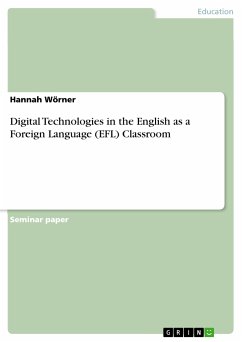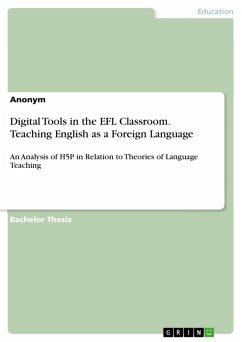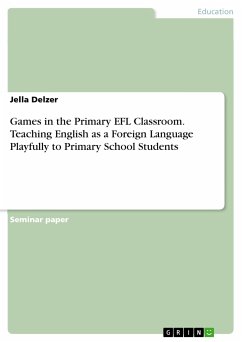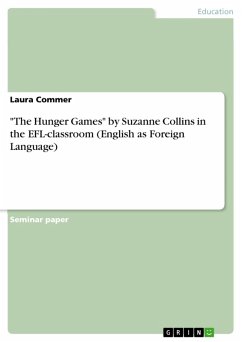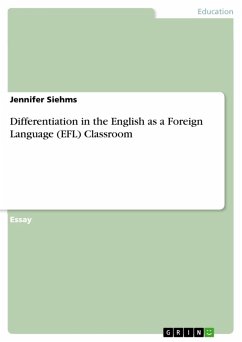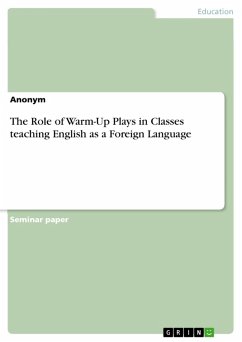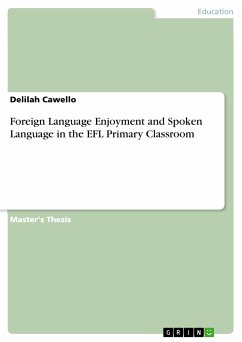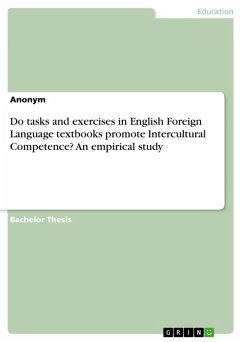Seminar paper from the year 2020 in the subject Didactics - English - Miscellaneous, grade: 1,0, University of Frankfurt (Main), course: Digital Media in the EFL classroom, language: English, abstract: How can the two fields of English as a foreign language, further referred to as EFL, and the usage of Digital Technologies (DT) in school be possibly combined and why should there be a correlation between learning English and using DT? In the following term paper, this question will be investigated carefully. After that, there will also be an example of a concrete lesson in the EFL classroom using DT and in the end there will be a reflection of this seminar. The KIM study 2018 shows that out of 1.231 participants in the age of 6 to 13, 98% have access to the internet and 97% of them own a smartphone. This means, that nearly everybody is in daily contact with Digital Media, even children in primary school. First of all, there needs to be a differentiation between Digital Media and Digital Technology. The term Digital Media includes created products and the digital tools which were used to produce them, while it also includes the transport of information. Digital Technologies is a more generic term which includes everything covered by Digital Media. Therefore, Digital Technologies are composed by digital devices like tablets, computers or smartphones as well as digital resources, which provide information of any kind in a digital format. That is why in the following it will only be referred to the term of Digital Technologies and not Digital Media. Just like Digital Technologies, in the following described as DT, the English language plays an important role in many people's lives as well. English is not only the language spoken by the most people all over the world but also the one which is geographically distributed most widely. In most of these countries, English is the official language, while in other countries it is used for educational or business purposes. Because of its importance, it is crucial for young students to learn English as a foreign language in school. Before reaching the age of 10, a time frame which is called "window of opportunity" emerges, in which children tend to be most receptive regarding language learning. Through English lessons in primary school, the school system uses this opportunity. According to Maras and Ametsbichler the English lessons should follow a competence orientation, which means that it should provide many opportunities to foster competencies like listening, speaking, reading, writing, speech acting, method related competencies as well as intercultural competencies.
Dieser Download kann aus rechtlichen Gründen nur mit Rechnungsadresse in A, B, BG, CY, CZ, D, DK, EW, E, FIN, F, GR, HR, H, IRL, I, LT, L, LR, M, NL, PL, P, R, S, SLO, SK ausgeliefert werden.

